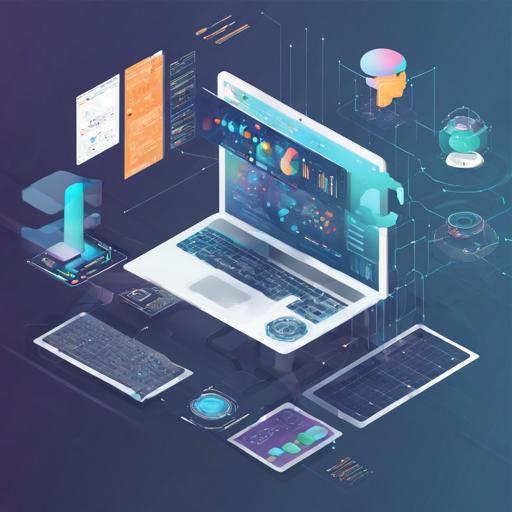OpenPAI provides a unified platform for managing AI workloads across various computing resources, enabling users to leverage powerful machine learning capabilities. Whether you’re an administrator setting up the resources or a user submitting jobs, OpenPAI simplifies operations greatly. In this blog, we’ll break down how to get started with OpenPAI, explain its modular framework, and offer troubleshooting tips to enhance your experience.
When to Consider OpenPAI
- When your organization requires shared powerful AI computing resources (like GPU or FPGA farms).
- When there’s a need to share and reuse common AI assets (Models, Data, Environment).
- When an easy IT ops platform for AI is desired.
- When you want to run a complete training pipeline in one place.
Why Choose OpenPAI
OpenPAI is designed with a mature architecture used in large-scale production environments. Here are the primary benefits:
Support On-Premises and Easy Deployment
OpenPAI is a full-stack solution, compatible with on-premises, hybrid, or public cloud deployment, and it allows single-box deployment for trial users.
Support Popular AI Frameworks and Heterogeneous Hardware
The platform supports pre-built Docker images for popular AI frameworks and enables distributed training across various hardware.
Most Complete Solution and Easy to Extend
OpenPAI offers a complete solution for deep learning with a modular architecture, allowing for easy integration and customization. You can view the architecture here.
Getting Started
OpenPAI manages computing resources optimized for deep learning tasks. There are two primary roles in OpenPAI: Cluster Users and Cluster Administrators.
For Cluster Administrators
Administrators can follow the admin manual for guidance on tasks such as installation, basic cluster management, and user permissions.
For Cluster Users
Those who will utilize the computing resources can refer to the user manual for information on job submission, monitoring, and using provided resources.
Standalone Components
With OpenPAI’s v1.0.0 release, its modular design is evident. This integration includes several key components that can be used standalone:
- hivedscheduler – A Kubernetes Scheduler Extender for Multi-Tenant GPU clusters
- frameworkcontroller – Orchestrates various applications on Kubernetes
- openpai-protocol – Specification for OpenPAI job protocol
- openpai-runtime – Provides runtime support for the OpenPAI protocol
- openpaisdk – A JavaScript SDK for developers
- openpaimarketplace – Stores job examples and templates
- openpaivscode – A VSCode extension for easy access to OpenPAI
Troubleshooting Tips
If you encounter any issues while using OpenPAI, here are some troubleshooting ideas:
- Check the installation FAQ and troubleshooting guide here.
- If an issue arises during job submission, refer to the user manual for job debugging best practices here.
- For insufficient resource issues, review your resource configuration and allocation in the admin manual.
For more insights, updates, or to collaborate on AI development projects, stay connected with **fxis.ai**.
Conclusion
OpenPAI is a powerful tool designed to streamline AI computing resources and optimize deep learning workflows. With its supportive community and extensive documentation, users at all skill levels can manage their needs efficiently.
At **[fxis.ai](https://fxis.ai)**, we believe that such advancements are crucial for the future of AI, as they enable more comprehensive and effective solutions. Our team is continually exploring new methodologies to push the envelope in artificial intelligence, ensuring that our clients benefit from the latest technological innovations.

